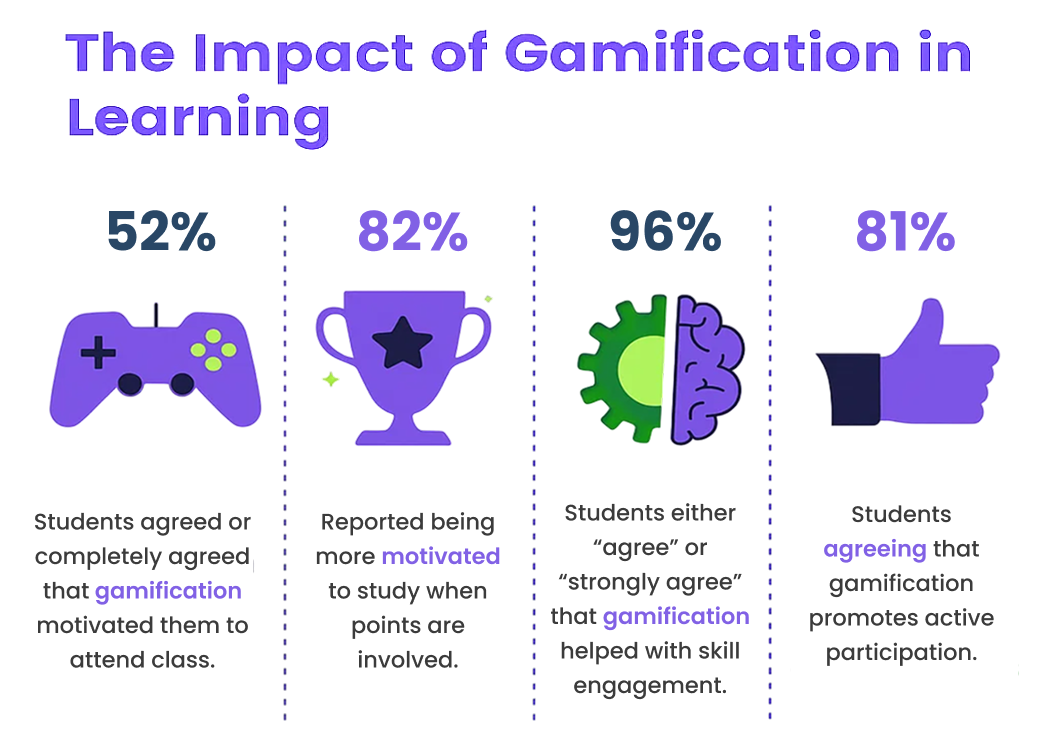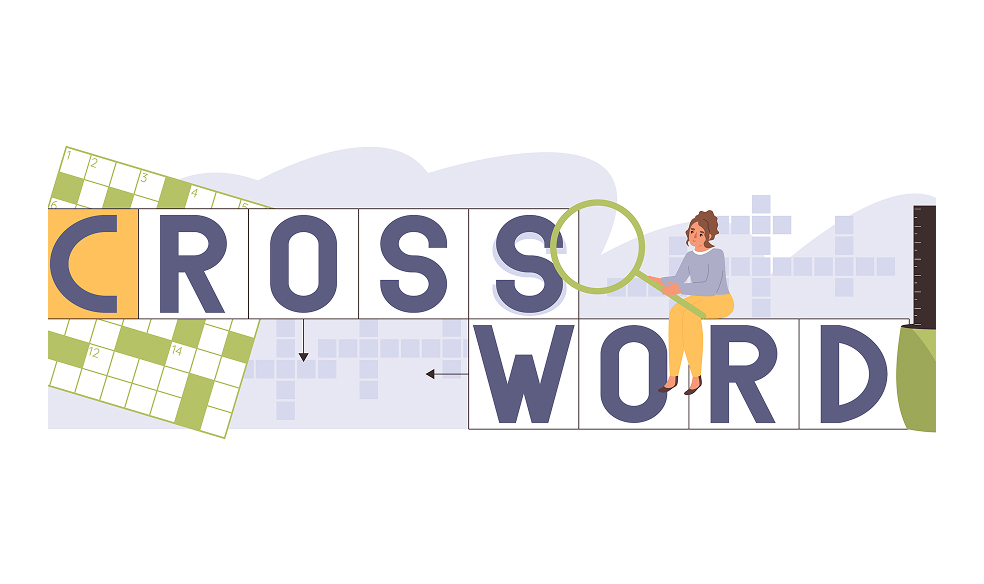Teachers often notice that whenever assessments are handed to students, they start panicking. Traditional methods of testing can cause students to stress, leading to a lack of motivation and engagement. This problem requires a solution that helps the students stay motivated and engaged in their assessments. Leveraging gamified assessments in education develops better learning outcomes for students.
What are Gamified Assessments in Education?
Gamified assessments use game mechanics to transform how tutors evaluate and engage their students. It’s a modern-day approach that allows teachers to create educational experiences that are interactive and fun, making students more motivated and well-informed than before.
Learners actively participate in gamified assessments, as compared to traditional methods. Gamified challenges and points scoring in these assessments make learning more inviting and entertaining for students.
Strategies to Bring Gamification Into Your Assessments
Integrating gamification in education means adding game mechanics that turn assessments into engaging, goal-driven experiences. Students get attracted to points scoring, gamified challenges, and classic game elements in e-quizzes. A tutor can convert traditional assessments into more engaging assessments with the help of a gamified approach to improve student learning and motivation.
Below are the strategies to welcome gamified assessments in your teaching approach:
01: Define Goals and the Point System
Every approach toward change and advancement needs a goal to begin with. As a tutor, you have to ask yourself, “What’s my goal in creating gamified assessments?” The primary goal of gamifying assessments would be to create a customized and playful learning experience for students that not only enhances their learning but also motivates them.
Furthermore, tutors must set a certain point-scoring system that makes the students want to actively participate in their assessments. Add points to every task and watch your students compete with excitement instead of stress.
02: Create Challenges Backed by Rewards
An important part of gaming is solving challenges. Such characteristics of a game build interest among the game players and make them want to play more. Similarly, gamified assessments make the students want to engage more. Creating game-like challenges helps tutors enhance their instruction and allows the students to practically apply what they have learnt theoretically. In this way, both their learning and motivation improve.
03: Innovative Feedback Delivery
Feedback isn’t just a checked assessment or a comment from the evaluator. In gamified assessments, feedback gets delivered through interactive means. Tutors create leaderboards to rank the weekly or monthly best performers. As a result, students put in excessive efforts to top the charts, leading to enhanced motivation in appearing for assessments.

Benefits of Gamified Learning
In this era of innovation, with technology taking over most of the manual and repetitive work, educational institutions are lagging behind in advancement. Hiring qualified tutors and introducing content-rich study material will not do the trick for schools anymore. What truly makes a difference is adopting a gamified approach to test the students and make learning fun.
Below are the benefits of gamified learning:
1. Enhanced Learning Outcomes
The students stay motivated with regular feedback in the shape of points or rewards. This motivation pushes them to aim higher and study smarter, in search of more rewards. Bringing gamification into the classroom allows you to encourage students to be more driven, competitive, and thoughtful in their learning journey.
2. Fueled Student Drive
Gamified assessments spark healthy competition among students, motivating them to keep pushing for better results. There are no more delayed assessments when you introduce game mechanics in the classroom. The dynamic learning experience not only nurtures students but also equips them with the essential skills required to thrive and exist in the modern world. Moreover, gamified learning environments make learning stress-free and keep the students fresh at all times.
3. Amplified Student Engagement
Traditional ways of teaching and evaluating are repetitive and non-engaging for students. When converting routine tests into games, tutors can exponentially increase student engagement levels for any given course. Adopting a gamified approach proves to be a game-changer for schools.
Give Your Teaching A Personalized Approach
Gamified assessments allow personalized learning for students. The learners receive tasks tailored to their preferences and earn points, badges, or scores. Where the class size is huge and teachers have tons of tasks, gamification in the classroom promises to be the best option for the overall institution, including the tutors, learners, and even school administrators.
Final Thoughts
Building gamified assessments will help schools increase student engagement and learning. As traditional methods of assessment continue to lose relevance, it’s time for schools to take a bold step and shift towards gamification in education. See your students become more interactive and adapt to self-learning by integrating game mechanics into your classrooms or learning management systems.





